
Hundreds came to the tiny East Coast community of Whāngārā to see history in the making, as newly appointed Chief District Court Judge Heemi Taumaunu swore an oath in te reo in a special court sitting on the marae of his ancestors.

® Liam Clayton | Gisborne Herald
More than 60 judges representing all New Zealand courts were among those who travelled to the 19 October 2019 event, made memorable by its blend of formal court procedure, tikanga, warm celebration and spectacular surroundings.
 A fluent te reo speaker, Chief Judge Taumaunu described his choice of location as recognising the two founding cultures of New Zealand with a bi-lingual and bi-cultural ceremony on his home marae. This, he said, sent the best message to ordinary New Zealanders about the direction in which the District Court must head.
A fluent te reo speaker, Chief Judge Taumaunu described his choice of location as recognising the two founding cultures of New Zealand with a bi-lingual and bi-cultural ceremony on his home marae. This, he said, sent the best message to ordinary New Zealanders about the direction in which the District Court must head.
The Chief Justice, the Rt Hon Dame Helen Winkelmann, presided over the sitting at a bench extending the breadth of the Whitireia Meeting House and four rows deep. She thought it must be the most judges to sit at one bench in a New Zealand court, and also declared Whāngāra surely the most beautiful place a court had sat.
Although it was a formal court sitting, the Chief Justice told those attending: “I want you all to feel you can laugh and that we are amongst whanau.”

® Liam Clayton | Gisborne Herald
The day began with a wero on the large lawn that separates the marae of Ngāti Konohi nestled against a native bush backdrop from the crescent shape of Whāngārā beach, and its sacred whale-shaped island. Chief Judge Taumaunu accepted the challenge and led the manuhiri on to the marae for the pōwhiri, followed by the formal court sitting.
Gisborne District Court’s long-serving registrar Karauria Ruru officiated, supported by the Chief Judge’s niece Torepe Taumaunu who is also a Gisborne registrar. Other court and Ministry of Justice staff from around the country, including Acting Secretary for Justice Carl Crafar, and representatives of Rangatahi and Pasifika courts were among the guests.
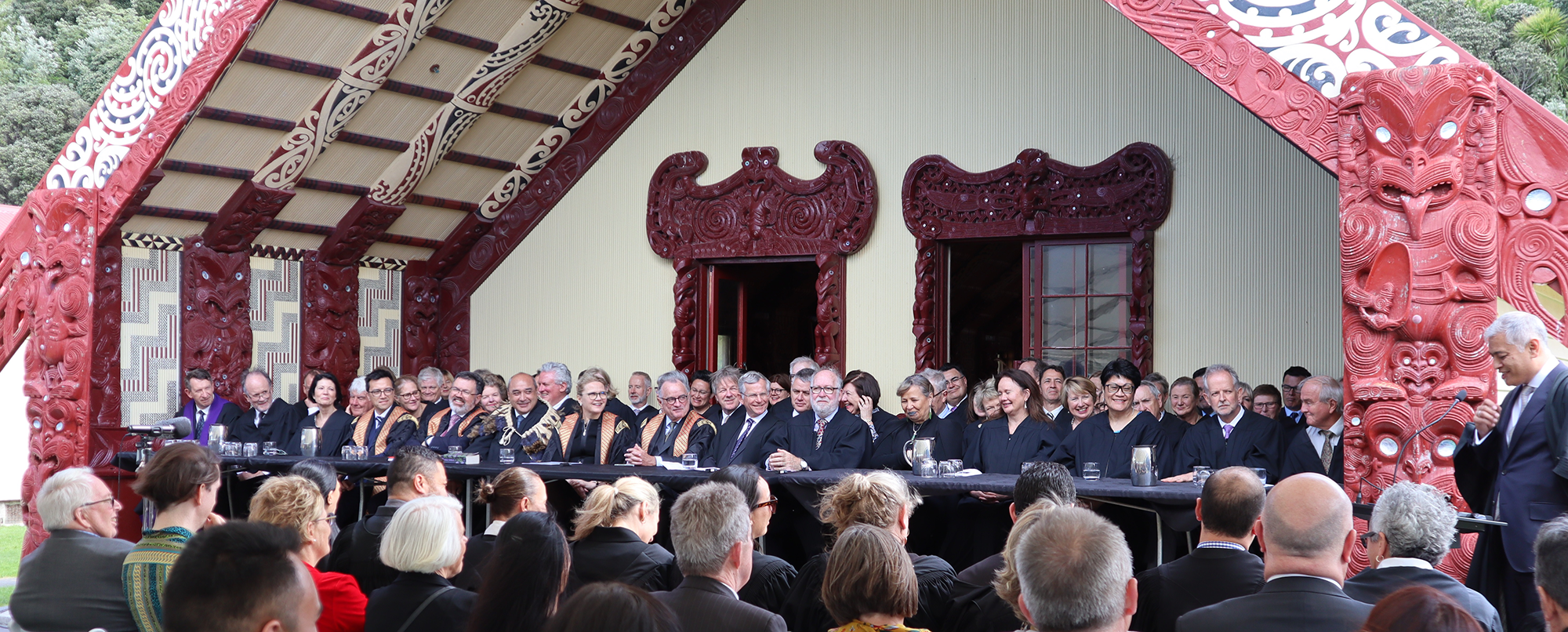
Contributors to the whaikōrero included Supreme Court Justice Joe Williams, Whāngārei District Court Judge Greg Davis, Maanu Paul and Sir Pita Sharples, while members of the Bar to address the court were the Solicitor-General, Una Jagose QC on behalf of the Attorney-General, Law Society President Tiana Epati, and Matanuku Mahuika representing Ngāti Porou and Te Hunga Roia.
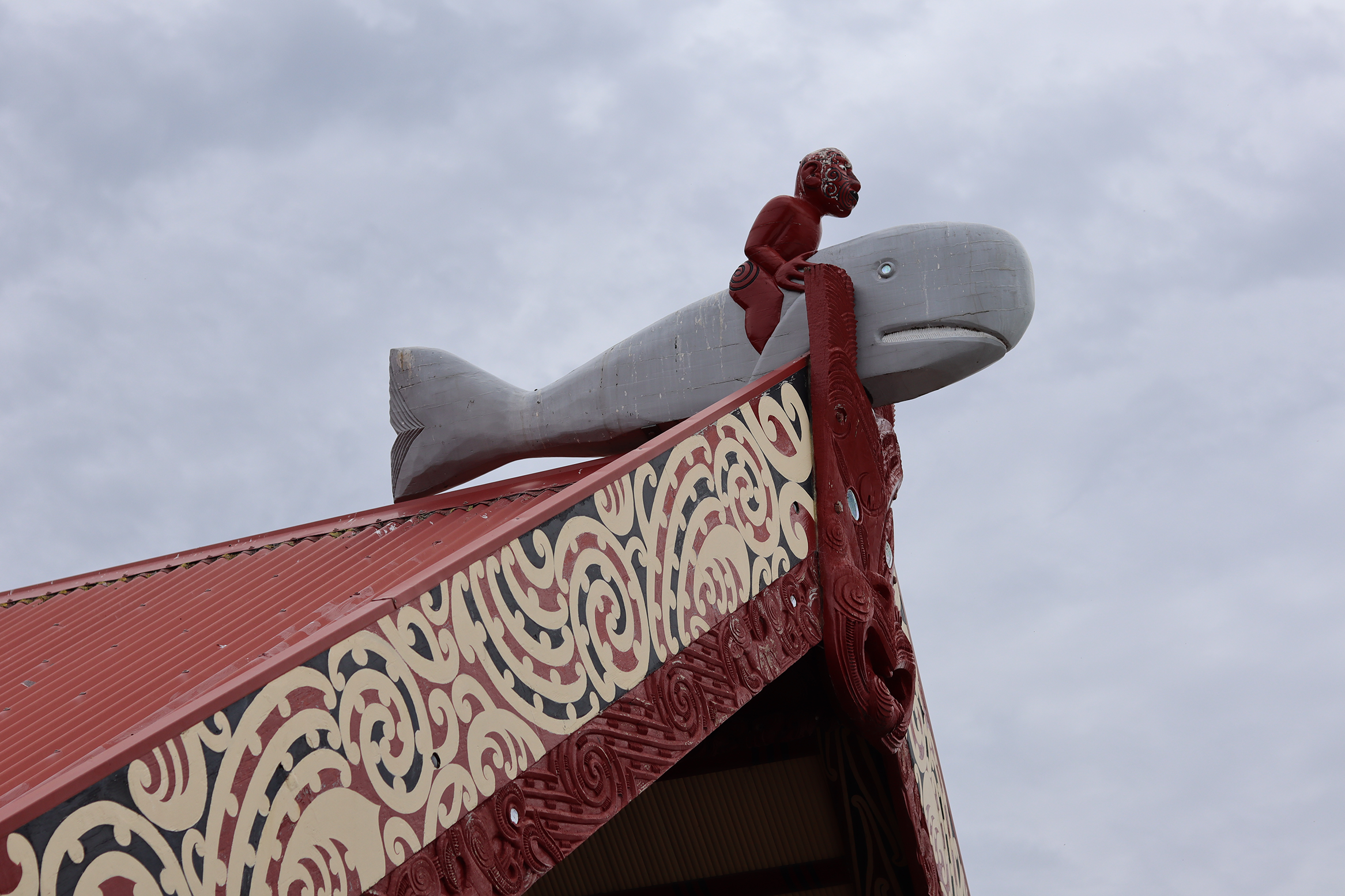 Overlooking events from the top of the wharenui was the distinctive koruru of the original whale rider, Paikea — invoking the legend made famous by Witi Ihimaera’s novel, The Whale Rider, and the subsequent 2002 feature film made at the marae.
Overlooking events from the top of the wharenui was the distinctive koruru of the original whale rider, Paikea — invoking the legend made famous by Witi Ihimaera’s novel, The Whale Rider, and the subsequent 2002 feature film made at the marae.
Overlooking events from the top of the wharenui was the distinctive koruru of the original whale rider, Paikea
In her address to the court, the Chief Justice stressed the significance of the District Court and the role of its leader in affecting the lives of New Zealanders, remarking that the job could be said to be about as “big as a whale”, and that it was lucky a descendant of Paikea was taking it on.
“This court is the face of justice for many New Zealanders. The judgments its judges issue will change lives,” the Chief Justice said.
Referring to the winds of change, she said there was an awareness that change was needed so that courts could deliver justice fit for Aotearoa and fit for this time.
She spoke of an awareness that those who need the courts’ help to settle disputes or who seek its protection find it too hard to get that help and protection; that taking a case to court is too expensive and too complex. Too many defendants were Māori, she said, and too many defendants reoffended because they left the courts and prisons with the underlying causes of offending — poverty, drugs, alcohol and homelessness — not addressed.
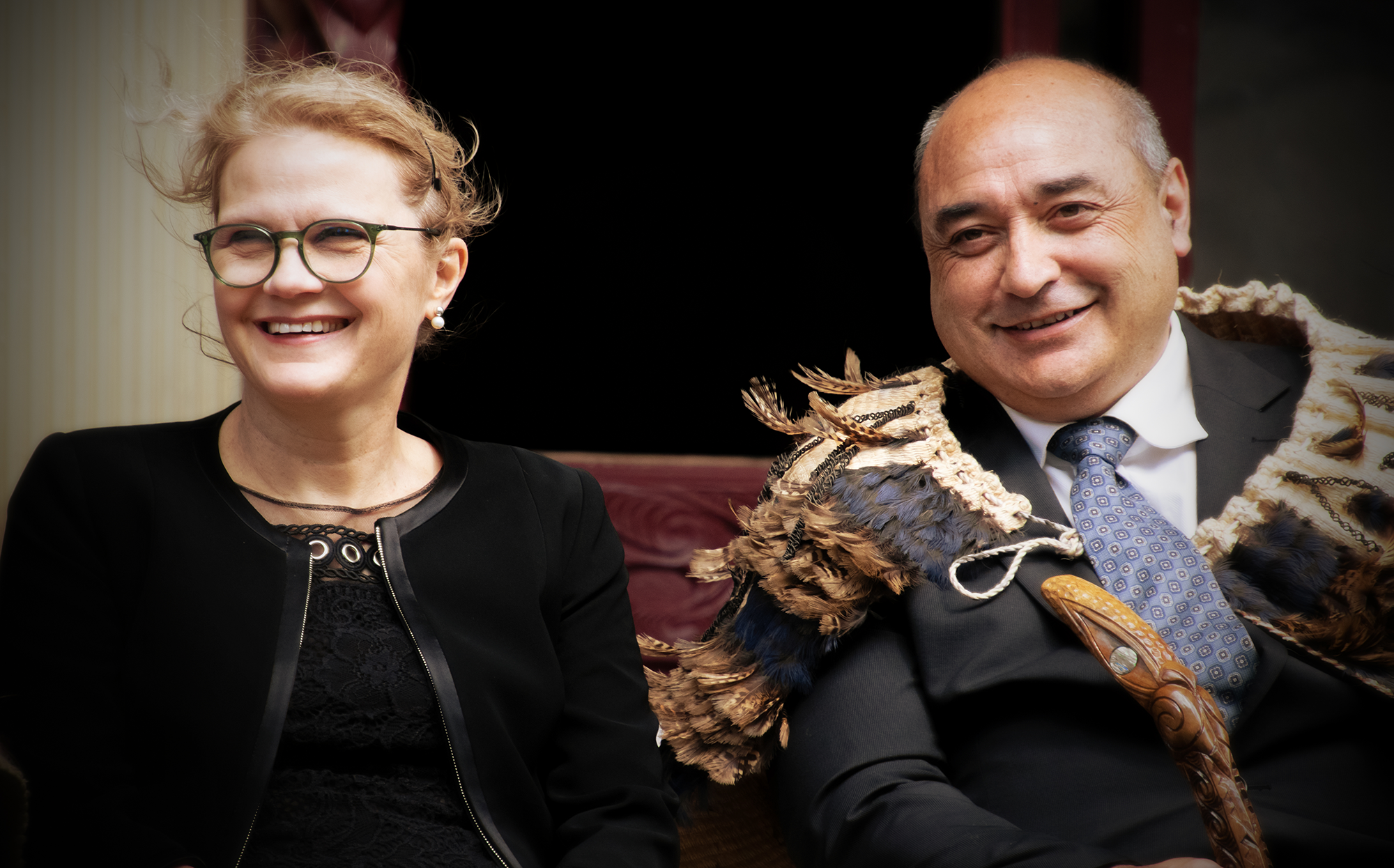
“Judges know that the nature of the communities that make up New Zealand society are changing and that they must understand that change if their court is to remain connected to the people it serves. These are challenges for the court and for its leader but they also provide opportunities to deliver better justice.” Describing Chief Judge Taumaunu as a skilled, humane and effective judge, she told him: “You have the humility which is the hallmark of the wise. You have the patience and humanity to ensure that all who come before your court receive a fair hearing.”
“You have the humility which is the hallmark of the wise. You have the patience and humanity to ensure that all who come before your court receive a fair hearing.”
Chief Judge Taumaunu had already shown visionary leadership through his role in establishing the healing Rangatahi Courts. “You have taught us how to bring the community into the courtroom,” the Chief Justice said. “You have shown how the involvement of the community can help repair and make whole again lives and whanau torn apart by poverty, addiction and violence.”
 Wearing the korowai of the late Sir Henare Ngāta — the son of Sir Apirana Ngāta who was his inspiration to enter the law — Chief Judge Taumaunu paid special tribute to his parents Maire and Hone Taumaunu and the kaupapa “of doing the right thing”. His father rests in the adjoining urupā.
Wearing the korowai of the late Sir Henare Ngāta — the son of Sir Apirana Ngāta who was his inspiration to enter the law — Chief Judge Taumaunu paid special tribute to his parents Maire and Hone Taumaunu and the kaupapa “of doing the right thing”. His father rests in the adjoining urupā.
In addition to his statutory role to ensure the orderly and efficient business of the District Court, he said the focus under his leadership would be on improving access to justice in a court that dispenses 95% of the justice in New Zealand. “The focus will be … on delivering and improving the way we deliver equitable treatment to all people who are affected by the business of our court, and improving the way we deliver procedural and substantive fairness.
“It means that when any of our fellow citizens — ordinary New Zealanders — who are affected by the business of the District Court, [that] whenever they leave the court they leave with a feeling that they have been heard and understood; they feel that they have had a fair trial or a fair hearing. That is regardless of the actual outcome.
“It’s important to recognise that the process or the way that people are treated by the court is just as, if not more important than the actual outcome that is reached by court.”
If people felt they had a fair hearing this would enhance the legitimacy of the court within communities and enhance the rule of law. “And ultimately we will be residing in safer communities if that is the result.”
Chief Judge Taumaunu has committed to the role for eight years. He replaces Justice Jan-Marie Doogue who was appointed to the High Court in August 2019 after eight years as Chief District Court Judge.
Facebook users can view the entire ceremony on the facebook page of Radio Ngāti Porou, which livestreamed the event to 25,000 viewers, at: www.facebook.com/RadioNgatiPorou/videos/2532571640119239/(external link)
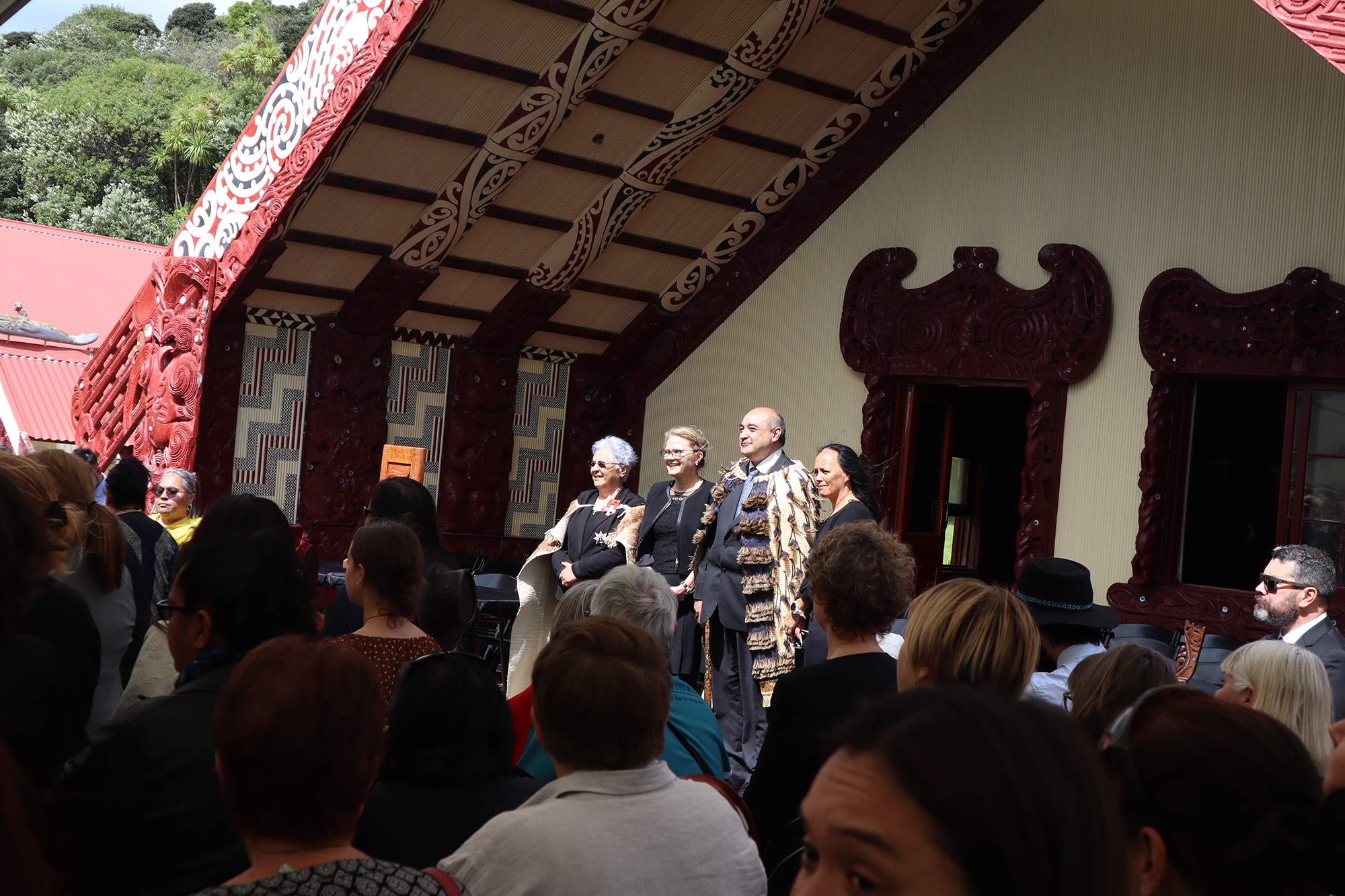 [PNG, 3.9 MB]
[PNG, 3.9 MB] 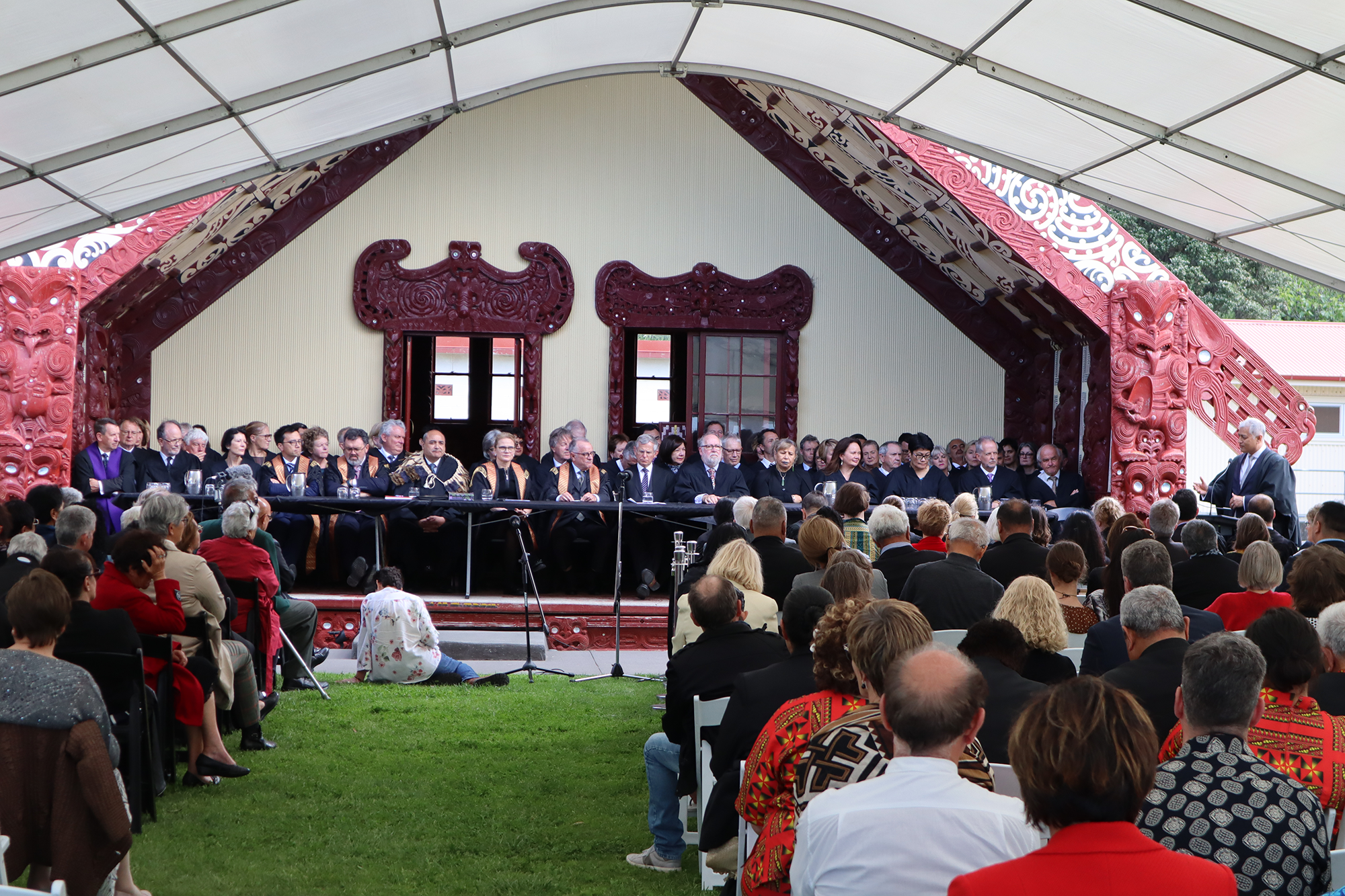 [PNG, 4.1 MB]
[PNG, 4.1 MB]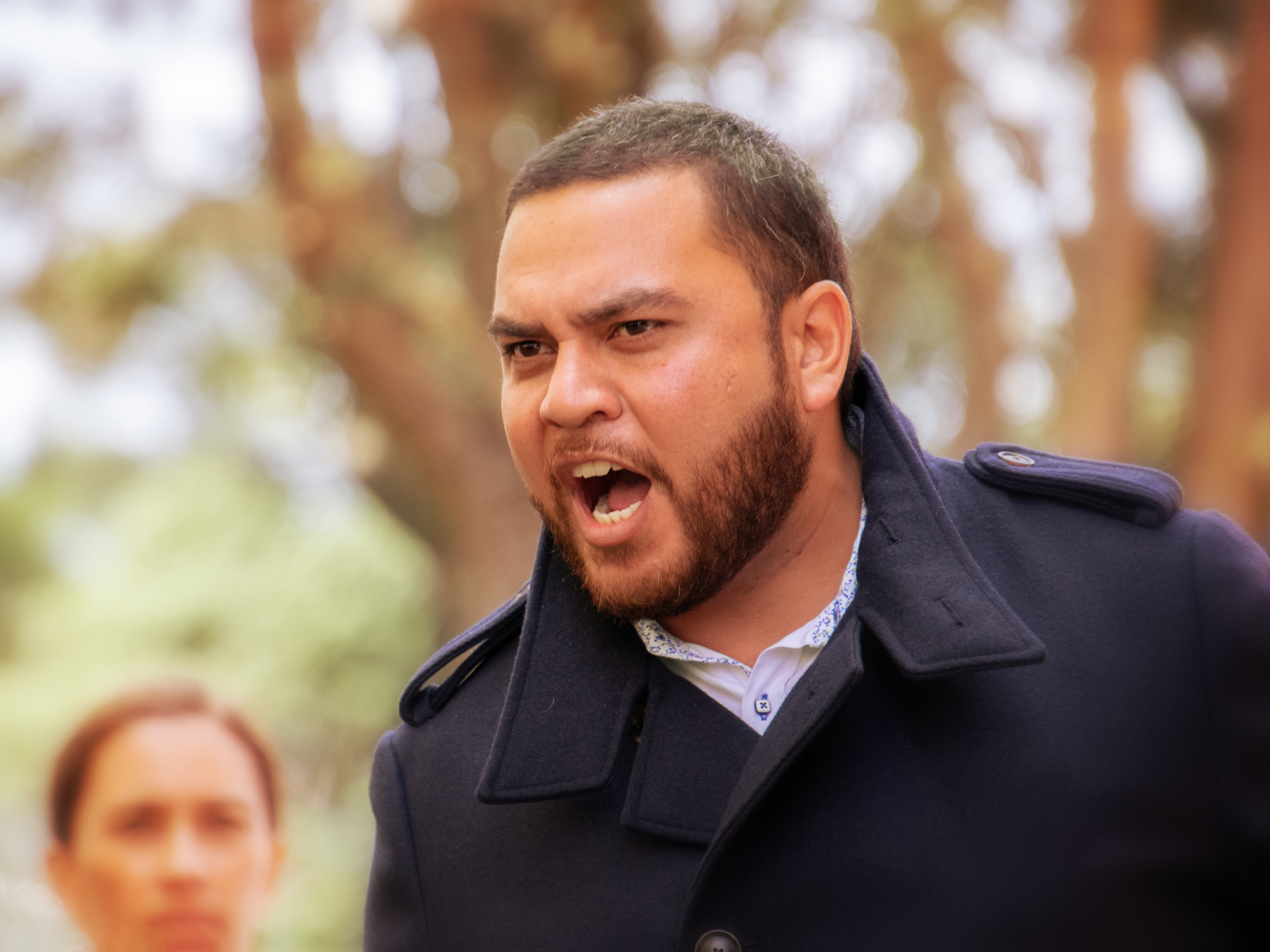 [PNG, 3.2 MB]
[PNG, 3.2 MB]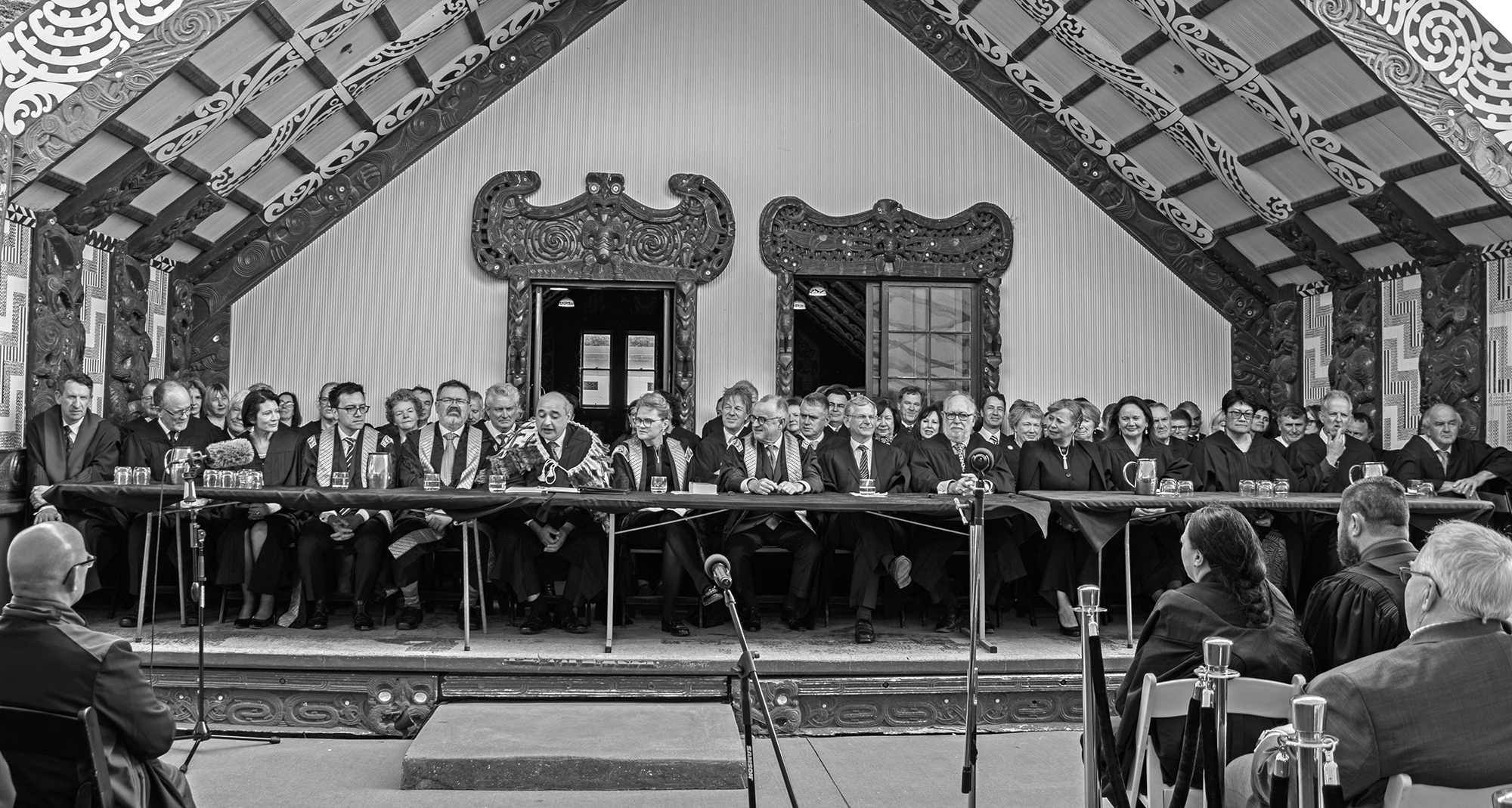 [PNG, 2.7 MB]
[PNG, 2.7 MB] [PNG, 4.6 MB]
[PNG, 4.6 MB]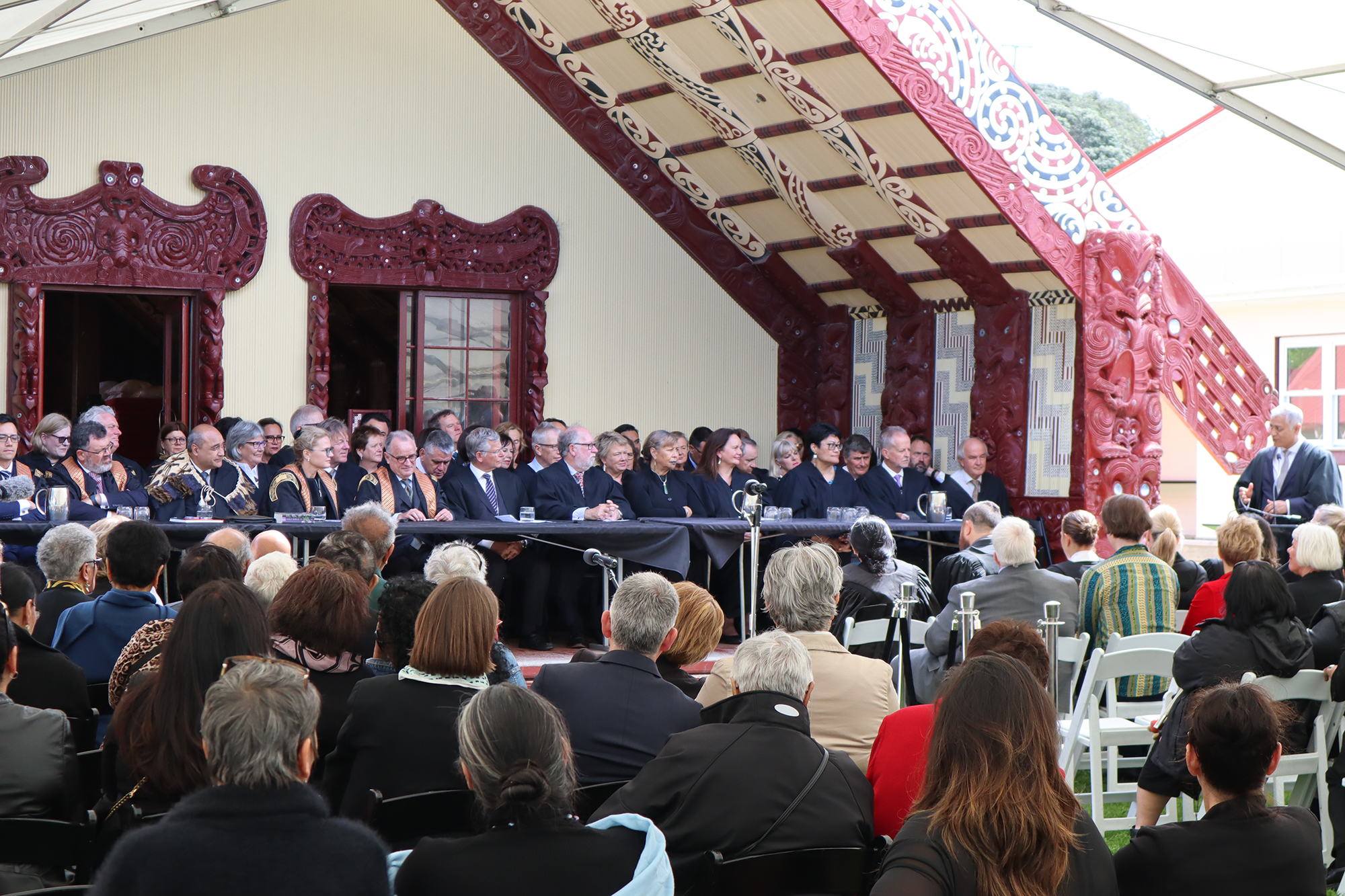 [PNG, 3.8 MB]
[PNG, 3.8 MB]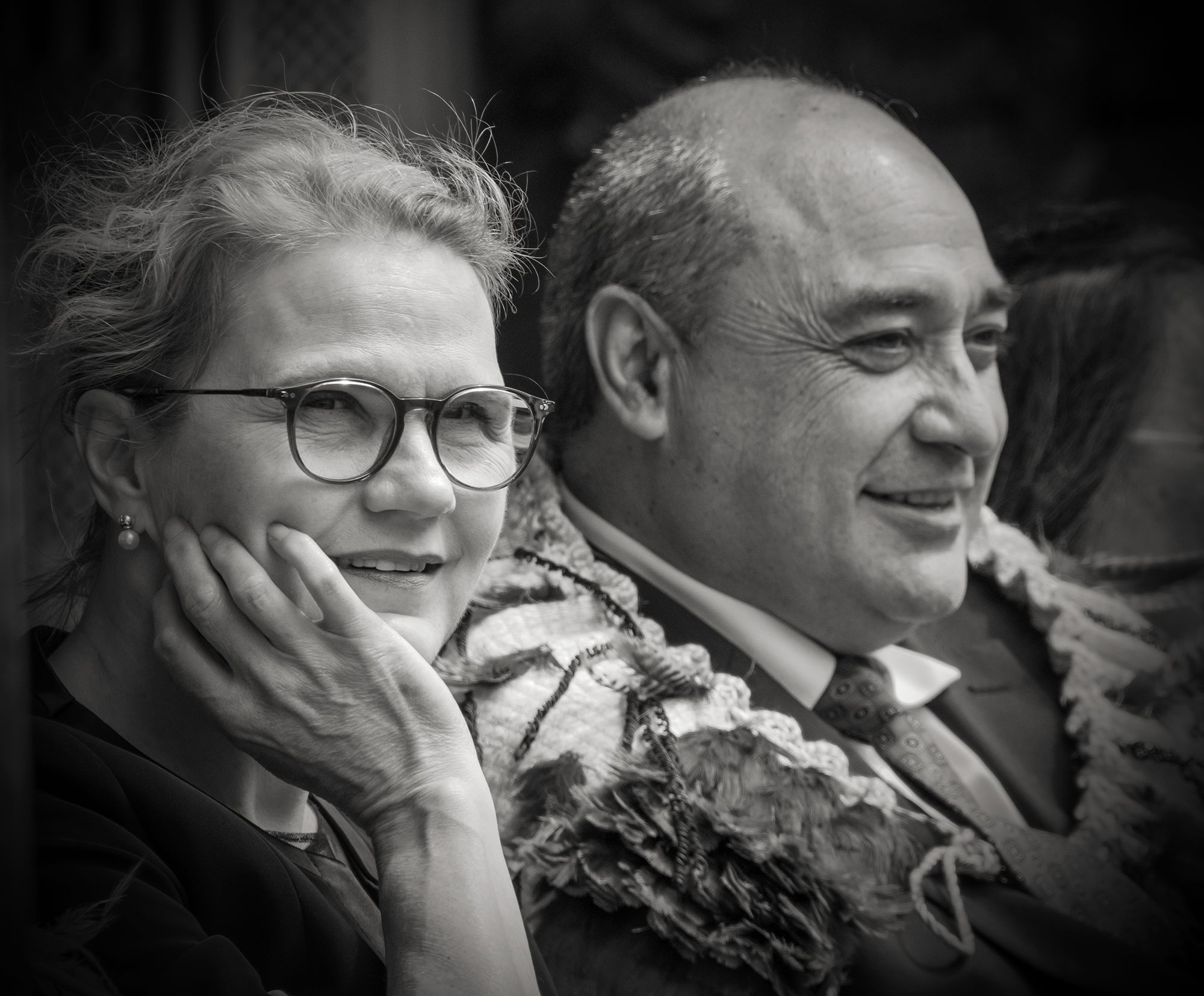 [PNG, 2.8 MB]
[PNG, 2.8 MB] [PNG, 6.3 MB]
[PNG, 6.3 MB]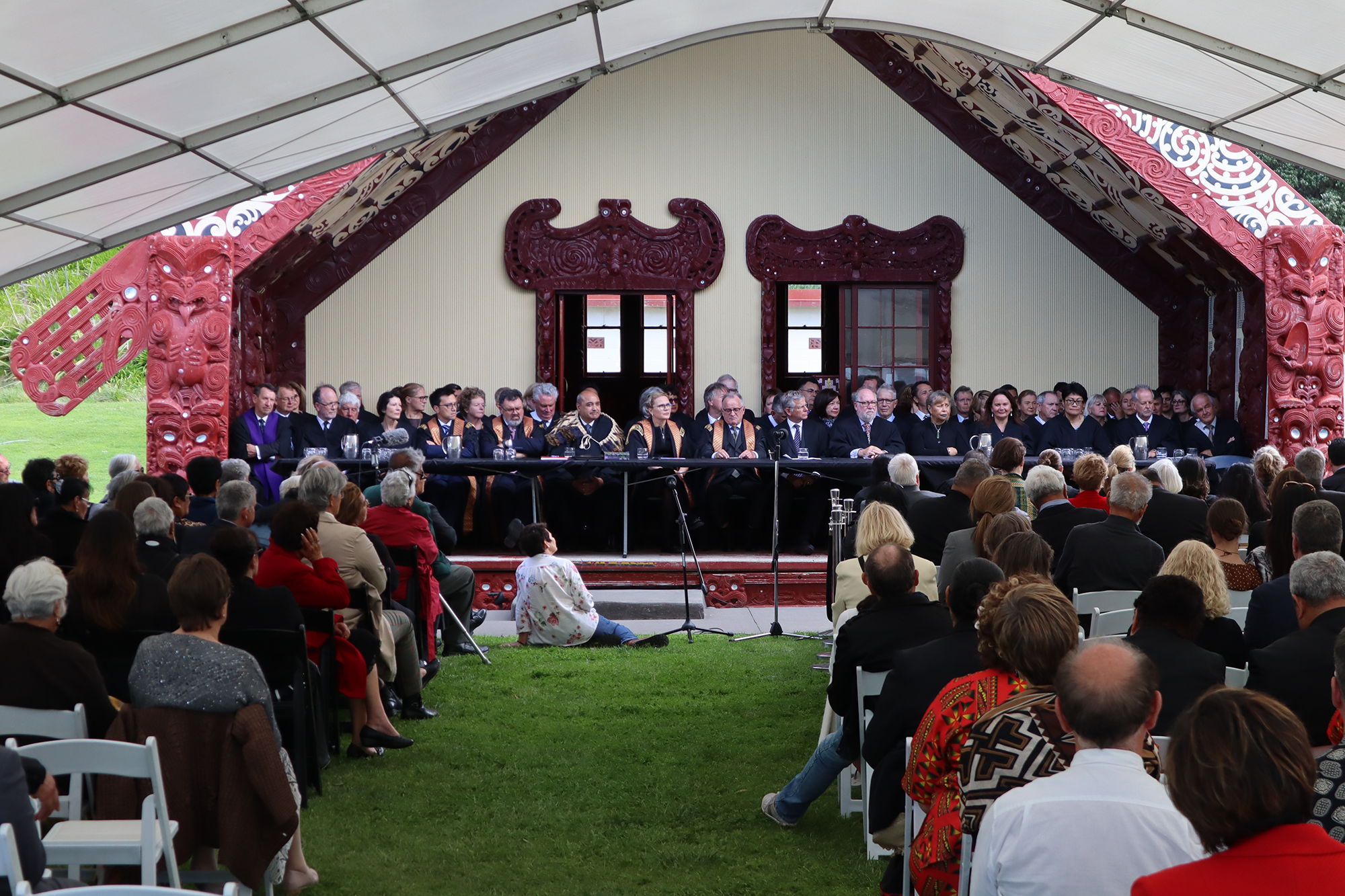 [PNG, 3.9 MB]
[PNG, 3.9 MB] [PNG, 4.1 MB]
[PNG, 4.1 MB]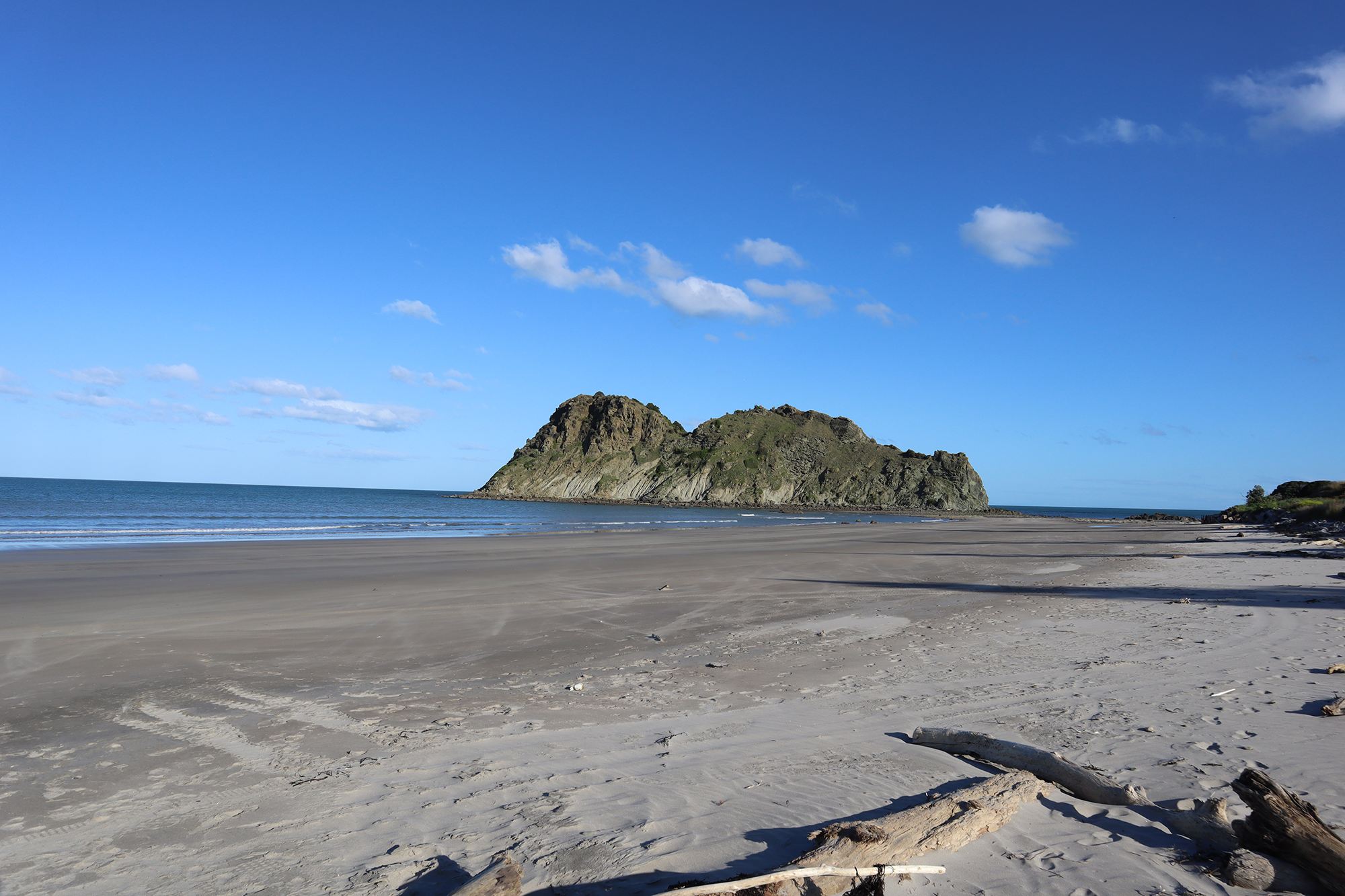 [PNG, 3.6 MB]
[PNG, 3.6 MB]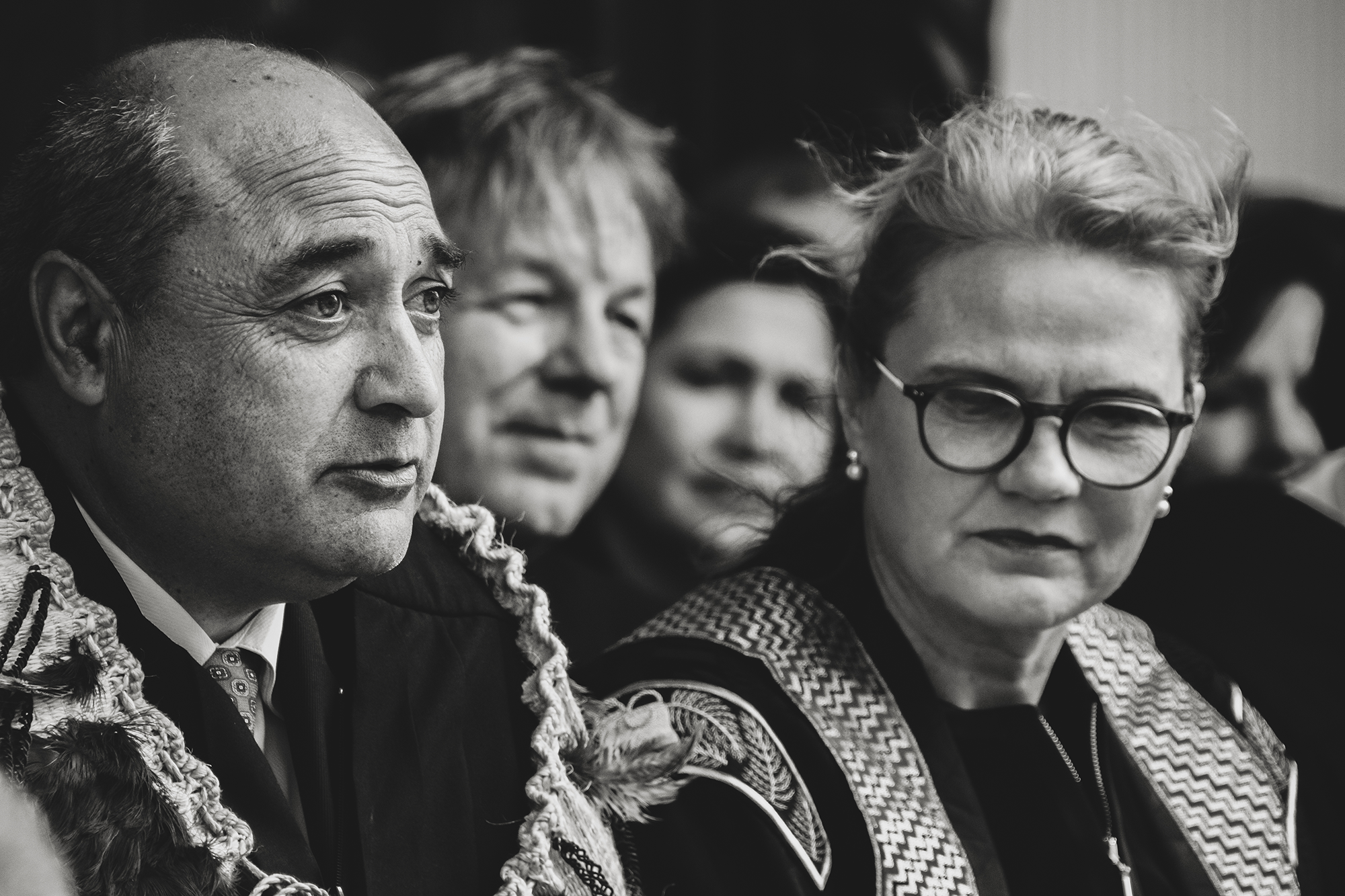 [PNG, 2.7 MB]
[PNG, 2.7 MB] [PNG, 3.6 MB]
[PNG, 3.6 MB] [PNG, 7 MB]
[PNG, 7 MB]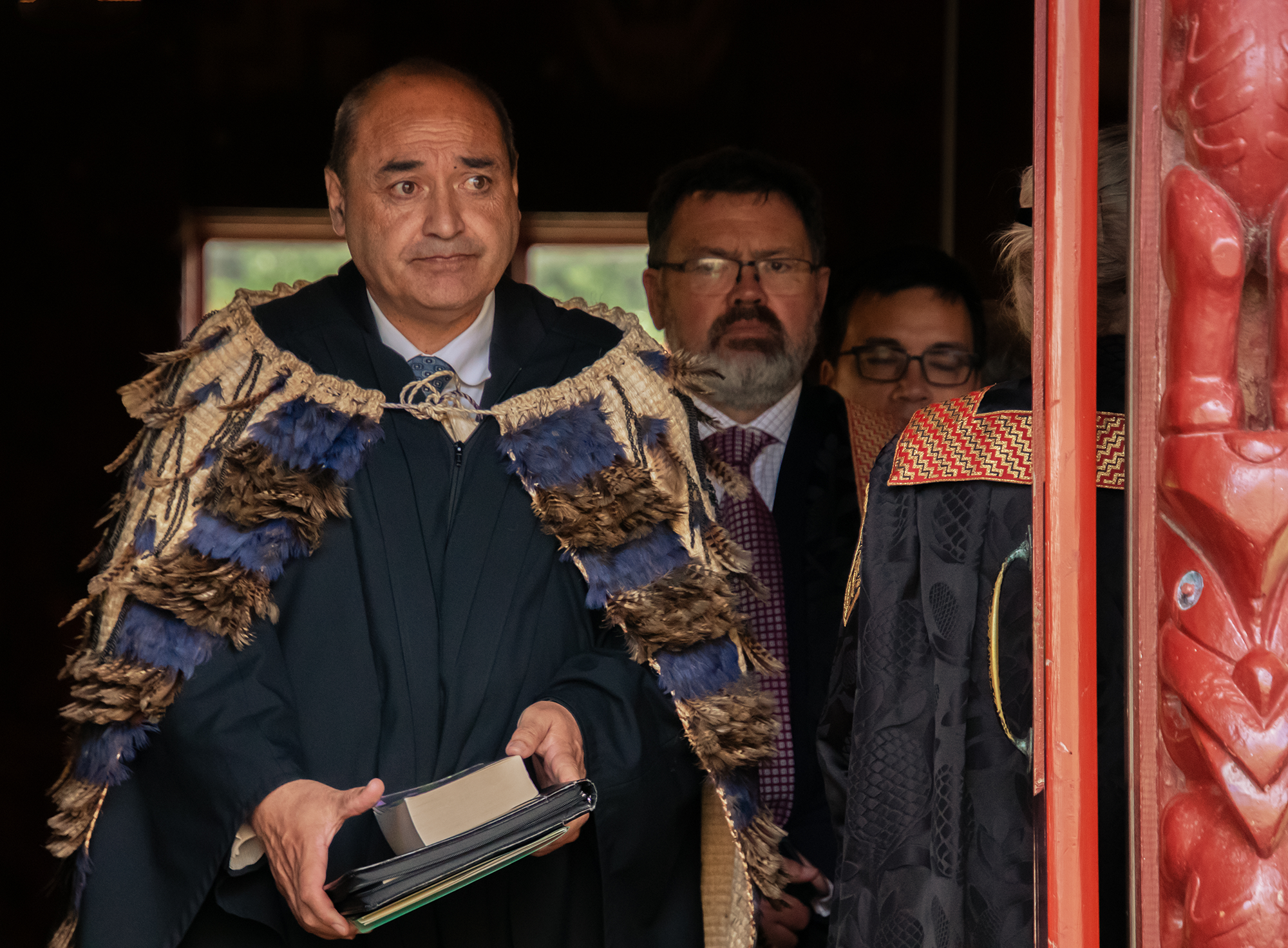 [PNG, 4 MB]
[PNG, 4 MB]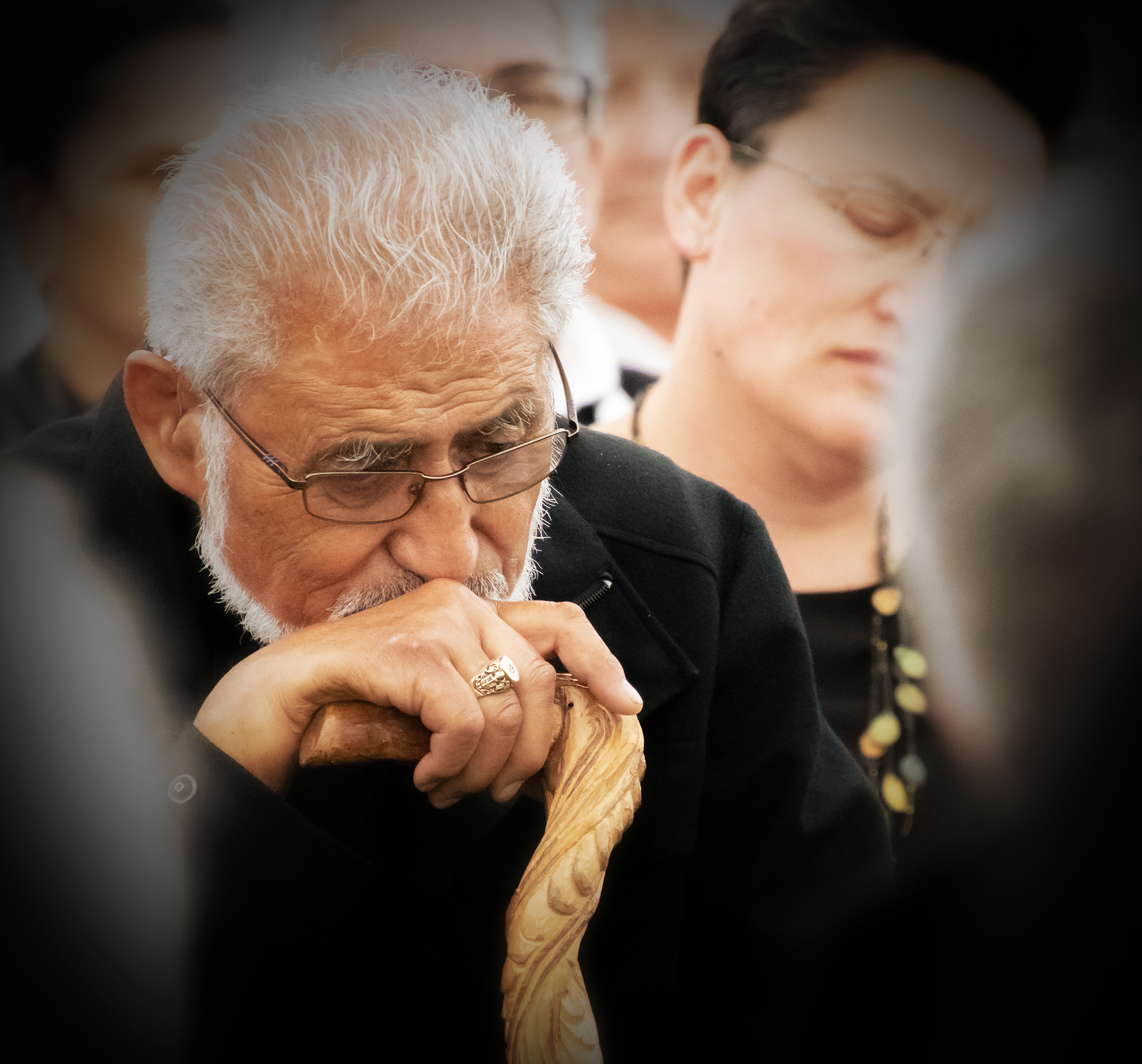 [PNG, 4.5 MB]
[PNG, 4.5 MB]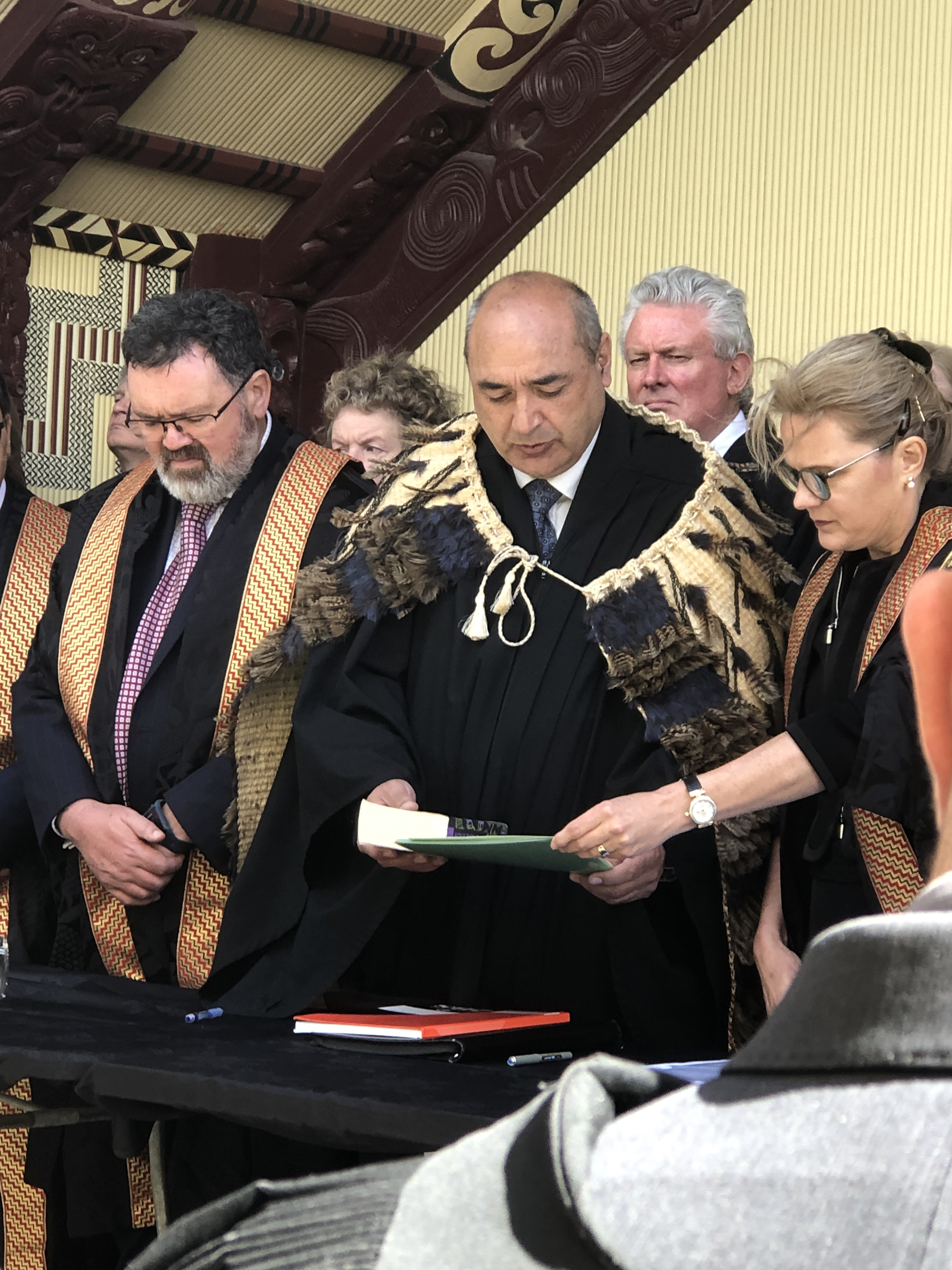 [PNG, 5.5 MB]
[PNG, 5.5 MB]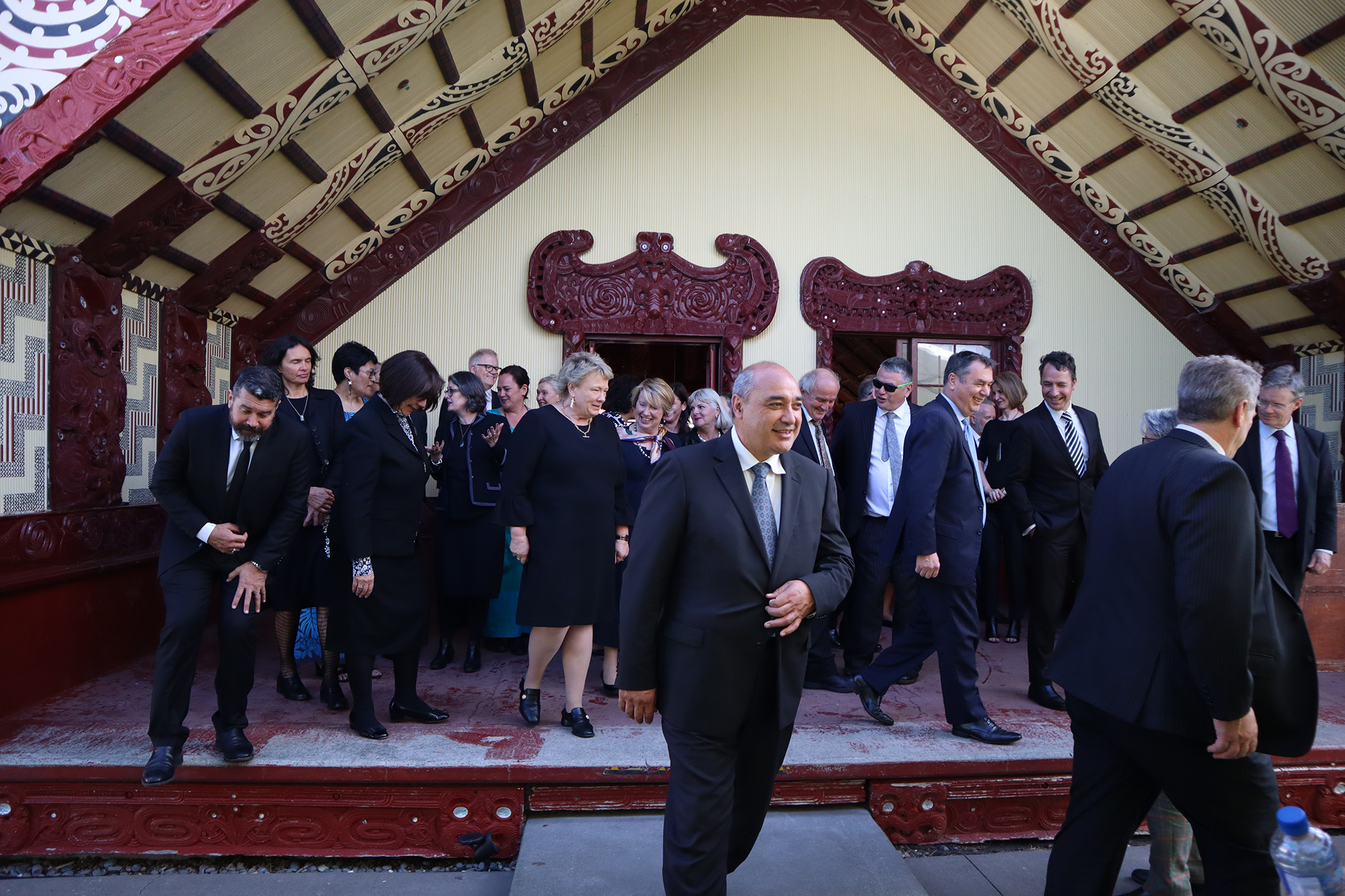 [PNG, 3.9 MB]
[PNG, 3.9 MB]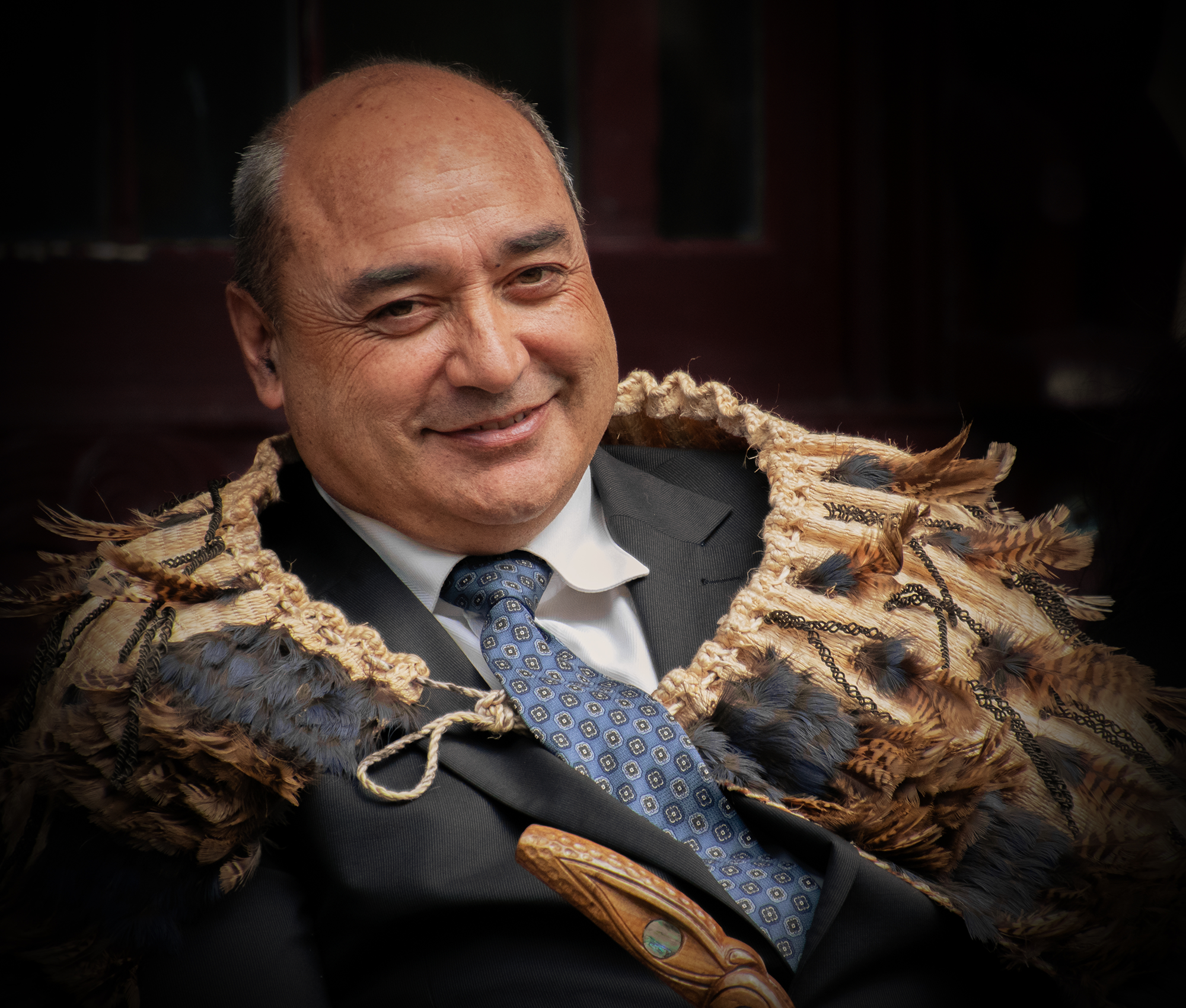 [PNG, 4.4 MB]
[PNG, 4.4 MB] [PNG, 2.9 MB]
[PNG, 2.9 MB] 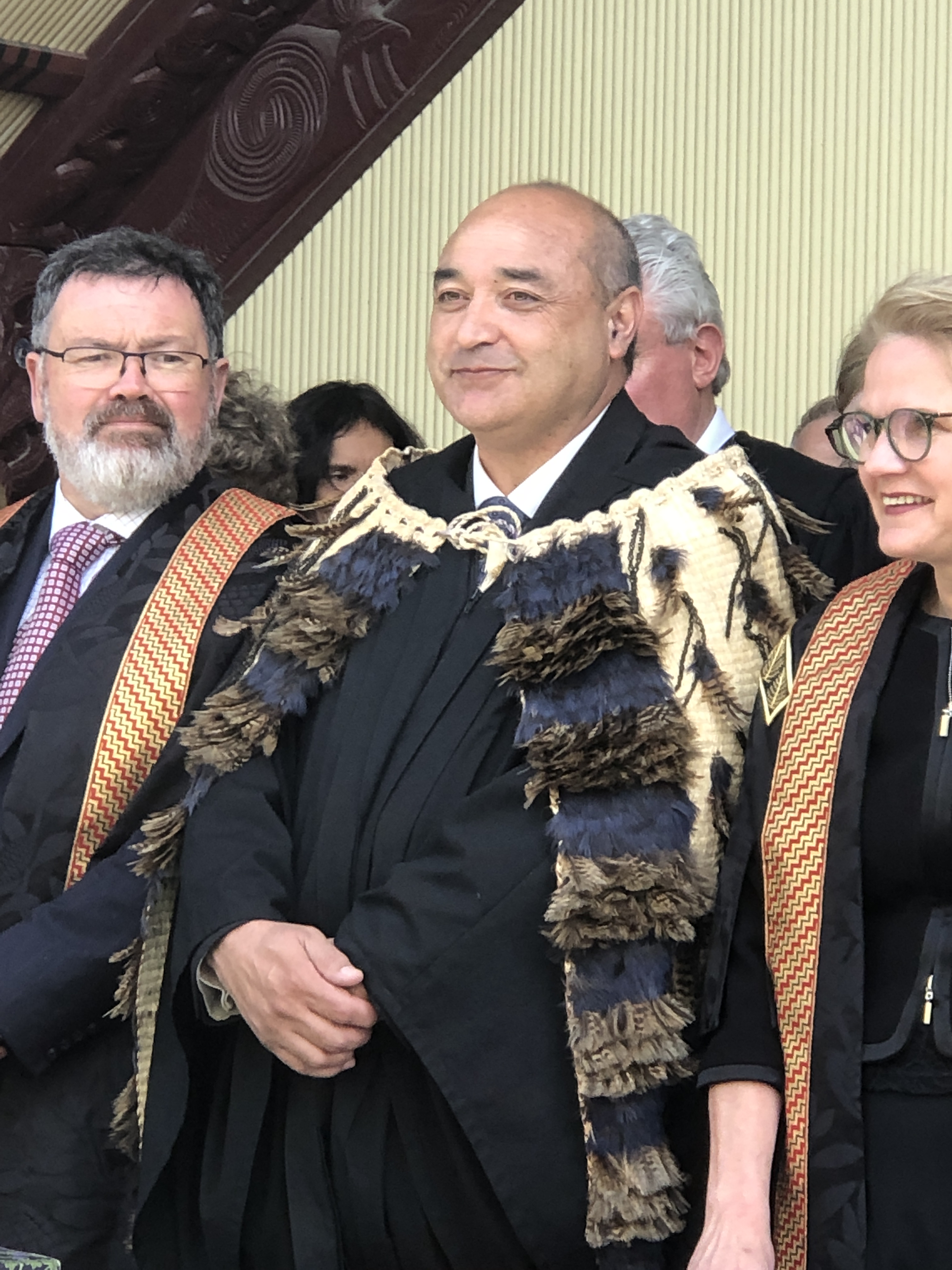 [PNG, 4.9 MB]
[PNG, 4.9 MB] [PNG, 1.5 MB]
[PNG, 1.5 MB]
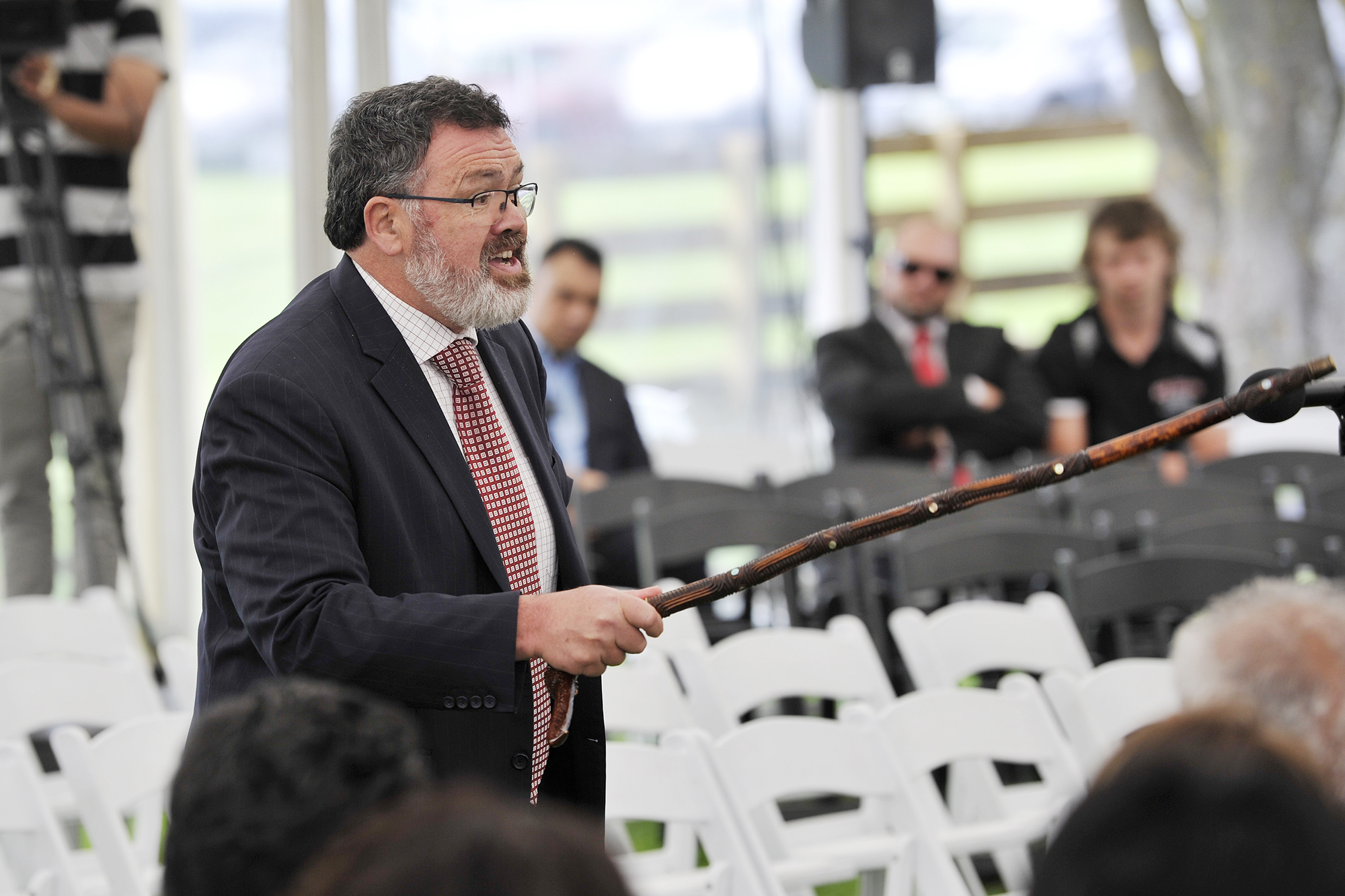 [PNG, 3.1 MB]
[PNG, 3.1 MB]
® Liam Clayton | Gisborne Herald
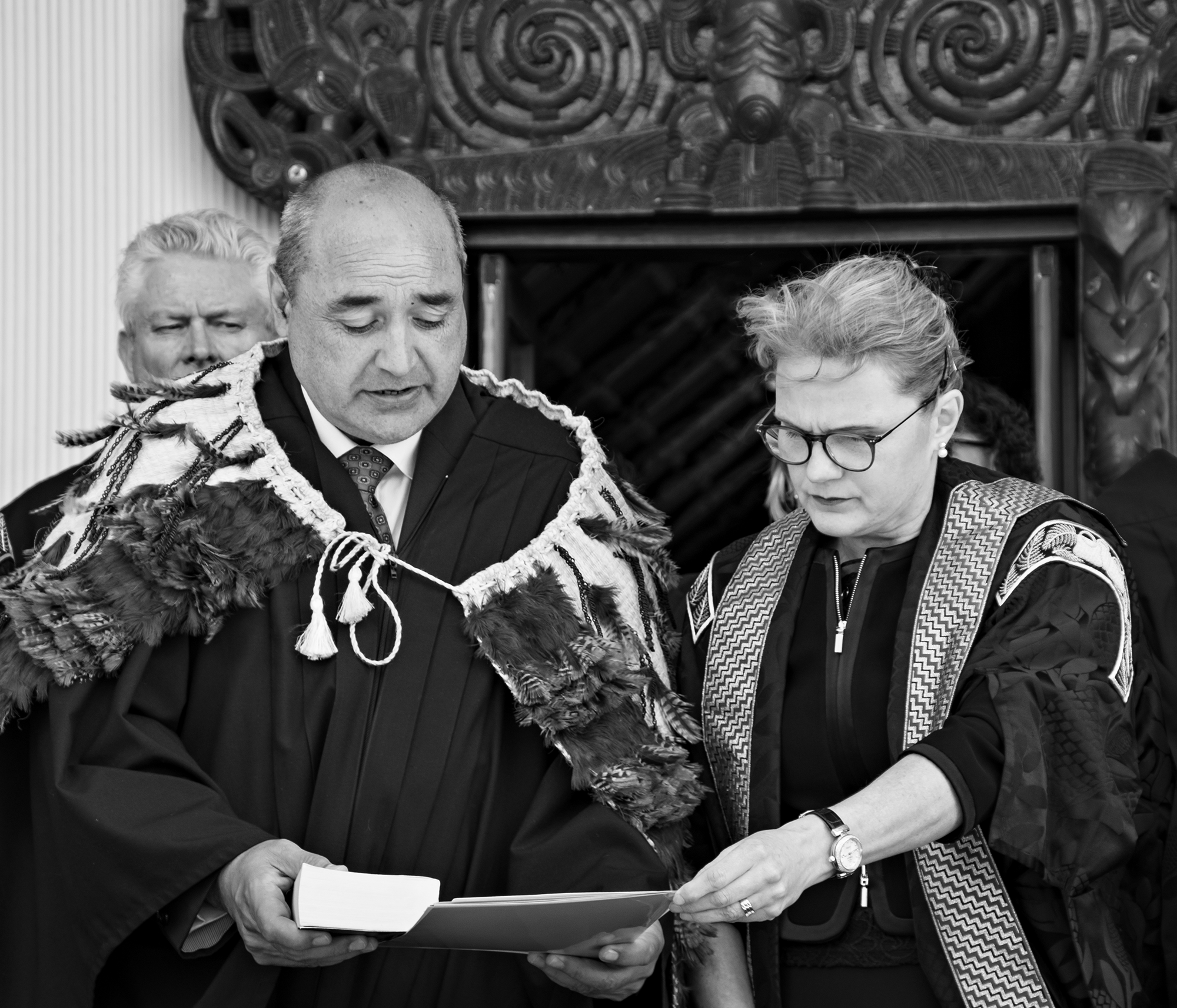 [PNG, 2.4 MB]
[PNG, 2.4 MB]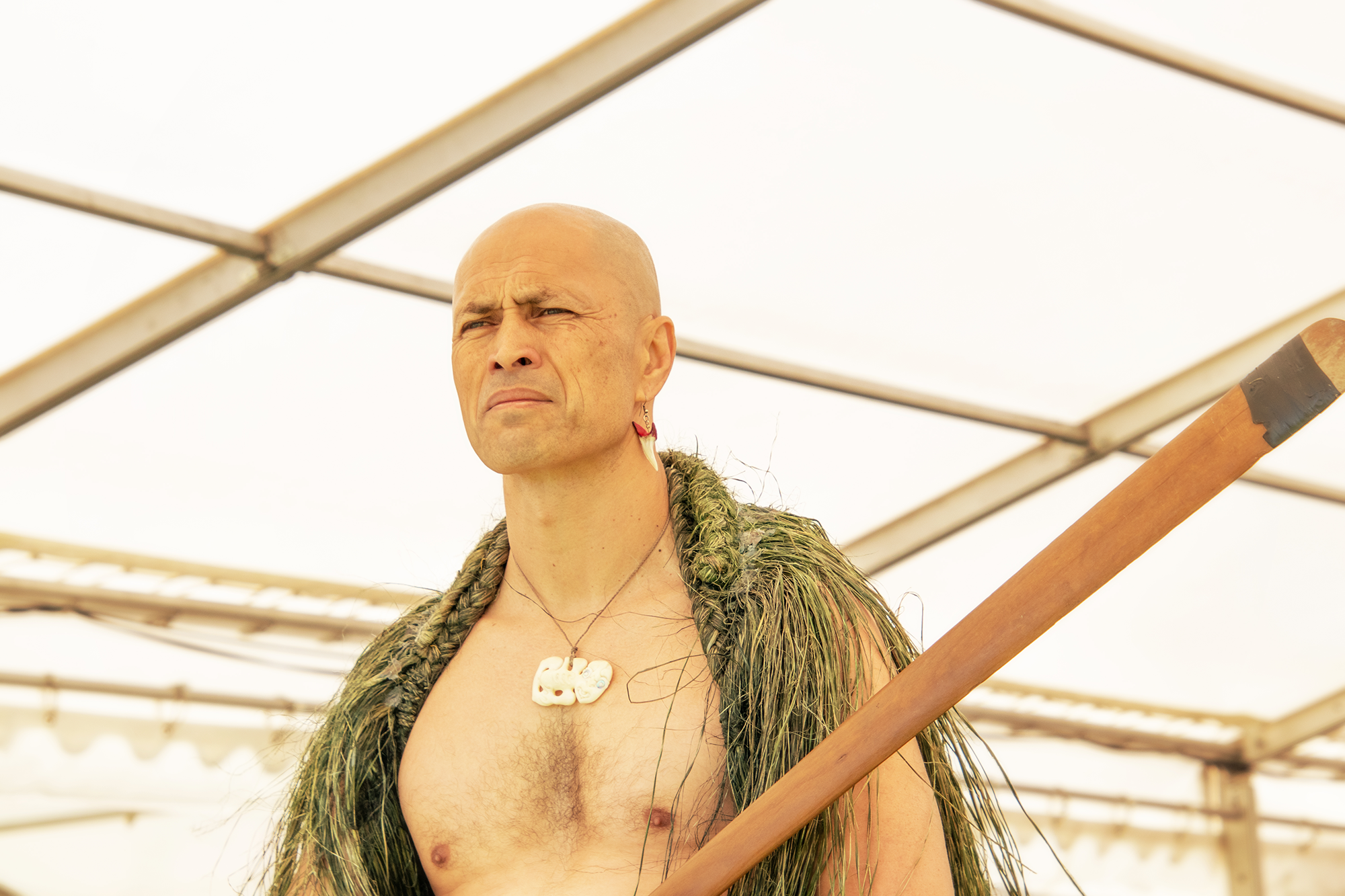 [PNG, 2.5 MB]
[PNG, 2.5 MB]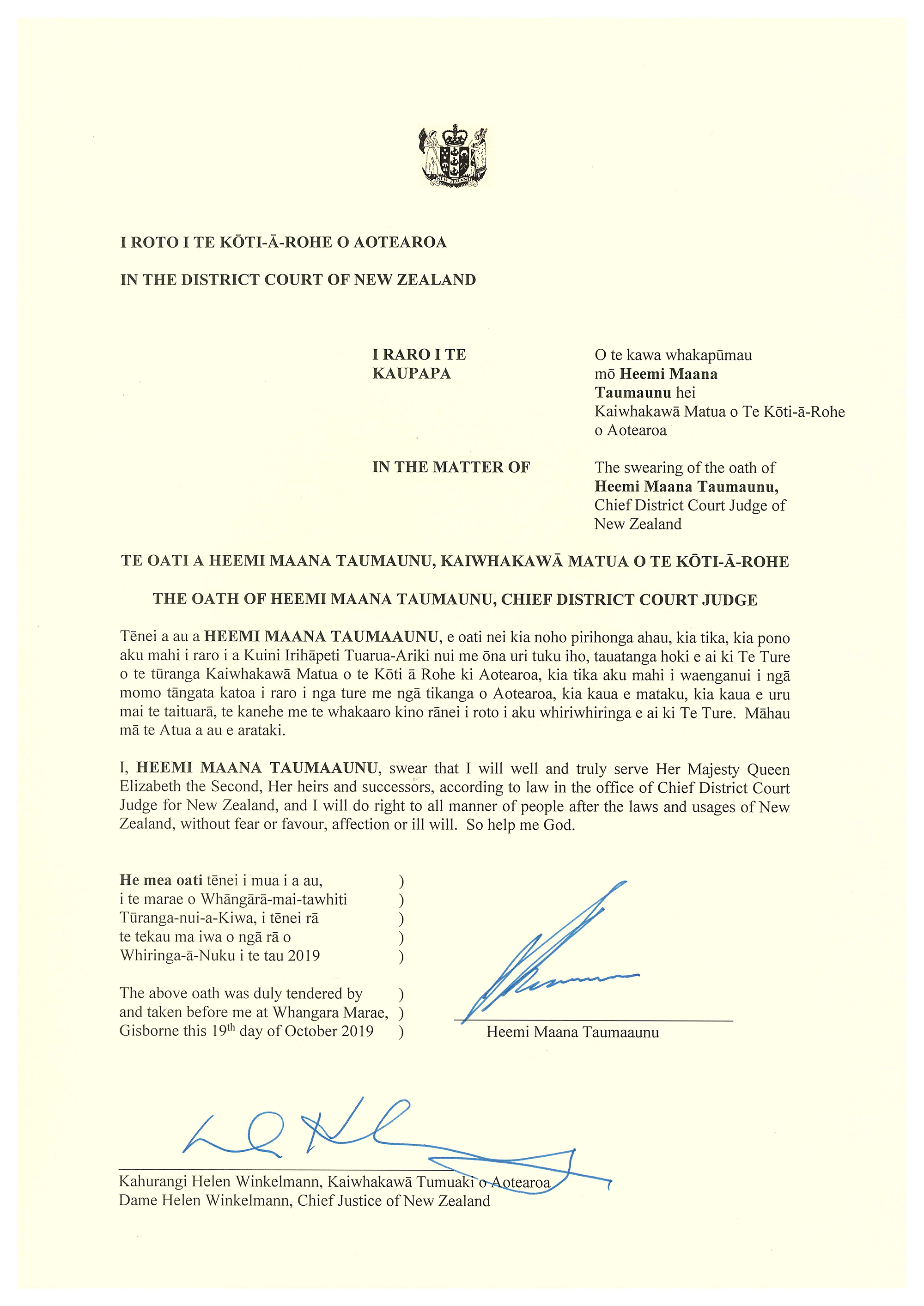 [PNG, 1.6 MB]
[PNG, 1.6 MB]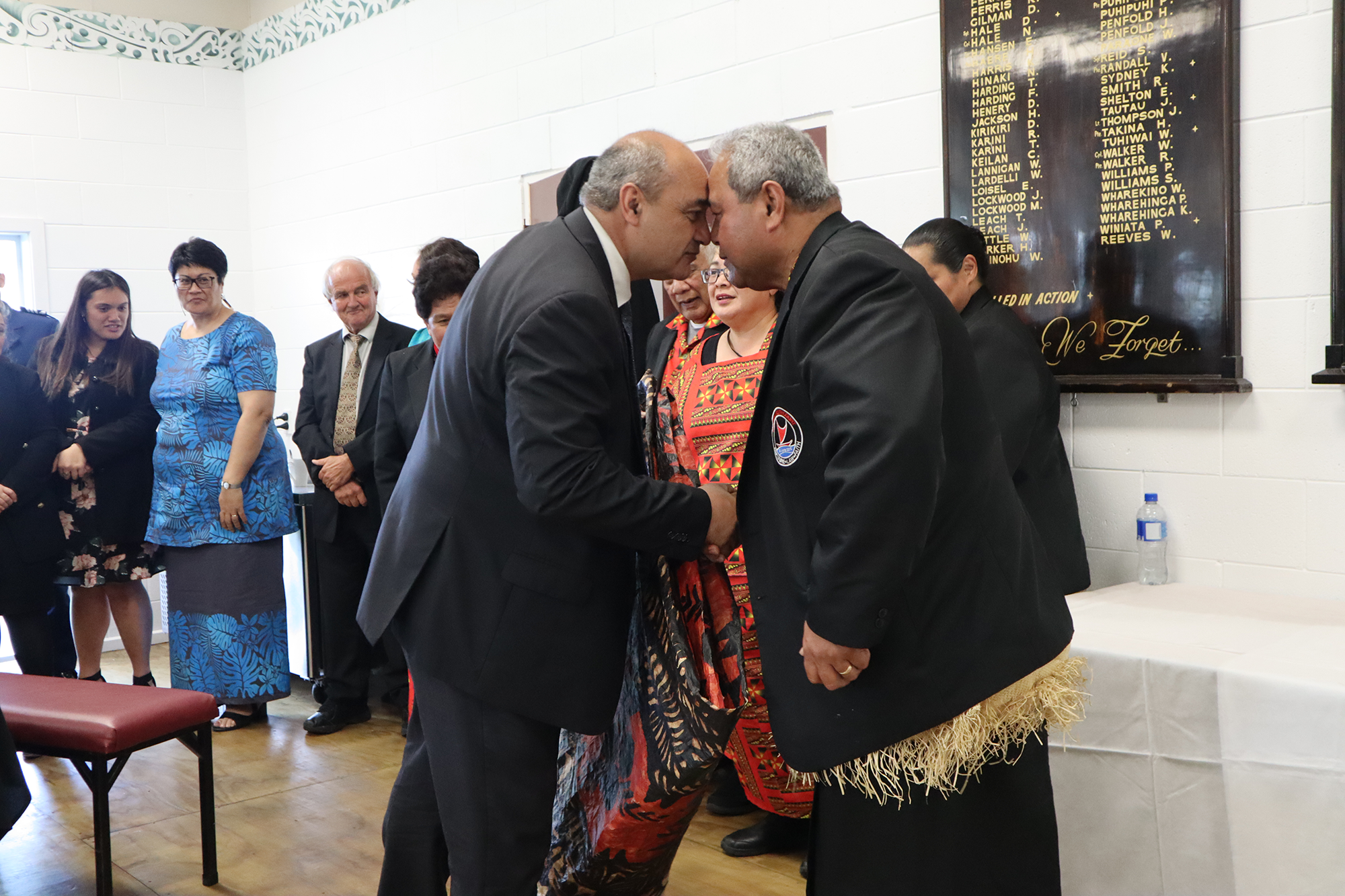 [PNG, 3.2 MB]
[PNG, 3.2 MB] [PNG, 2.3 MB]
[PNG, 2.3 MB]From top to bottom
| Ngarimu Parata during the tangata whenua whaikōrero, representing Ngāti Porou at the request of his father, rūnanga chairman Selwyn Parata. | ||
| Ricky Tuari of the Maori Land Court in Gisborne carries on to the marae a taonga given to the Rangatahi Court established by Chief Judge Taumaunu at Te Poho o Rāwiri marae in 2008. The carved manaia is named “Mā wai rā e taurima?” and is inspired by the underlying principles of “doing the right thing at the right time for the right purpose, having faith and trust, and extending love and respect for oneself and others”. | ||
| Solicitor-General, Una Jagose QC. | ||
| Maanu Paul. | Hone Poi, a master exponent of the Mau rākau (Māori weaponry), who performed the wero at the request of the Chief Judge. | |
| Sir Pita Sharples and Labour MP Kiritapu Allan. | ||
|
Representatives of the communities of the two Pasifika Courts present a tapa cloth to the Chief Judge: Judge Malosi (in blue); Apiseka Lelu and Reverend Siutaisa Tukutau (holding the tapa) and Akana Maile Tuipulotu (speaking). |
Notes:
This website explains many of the things you might want to know if you are coming to the Youth Court, or just wondering how the Youth Court works.
 Visit website›
Visit website›
Ministry of Justice website with information on family issues including about going to court, forms and other times when you may need help.
 Visit website›
Visit website›
For information about courts and tribunals, including going to court, finding a court & collection of fines and reparation.
 Visit website›
Visit website›
On this site you will find information about our Supreme Court, Court of Appeal and High Court including recent decisions, daily lists and news.
 Visit website›
Visit website›